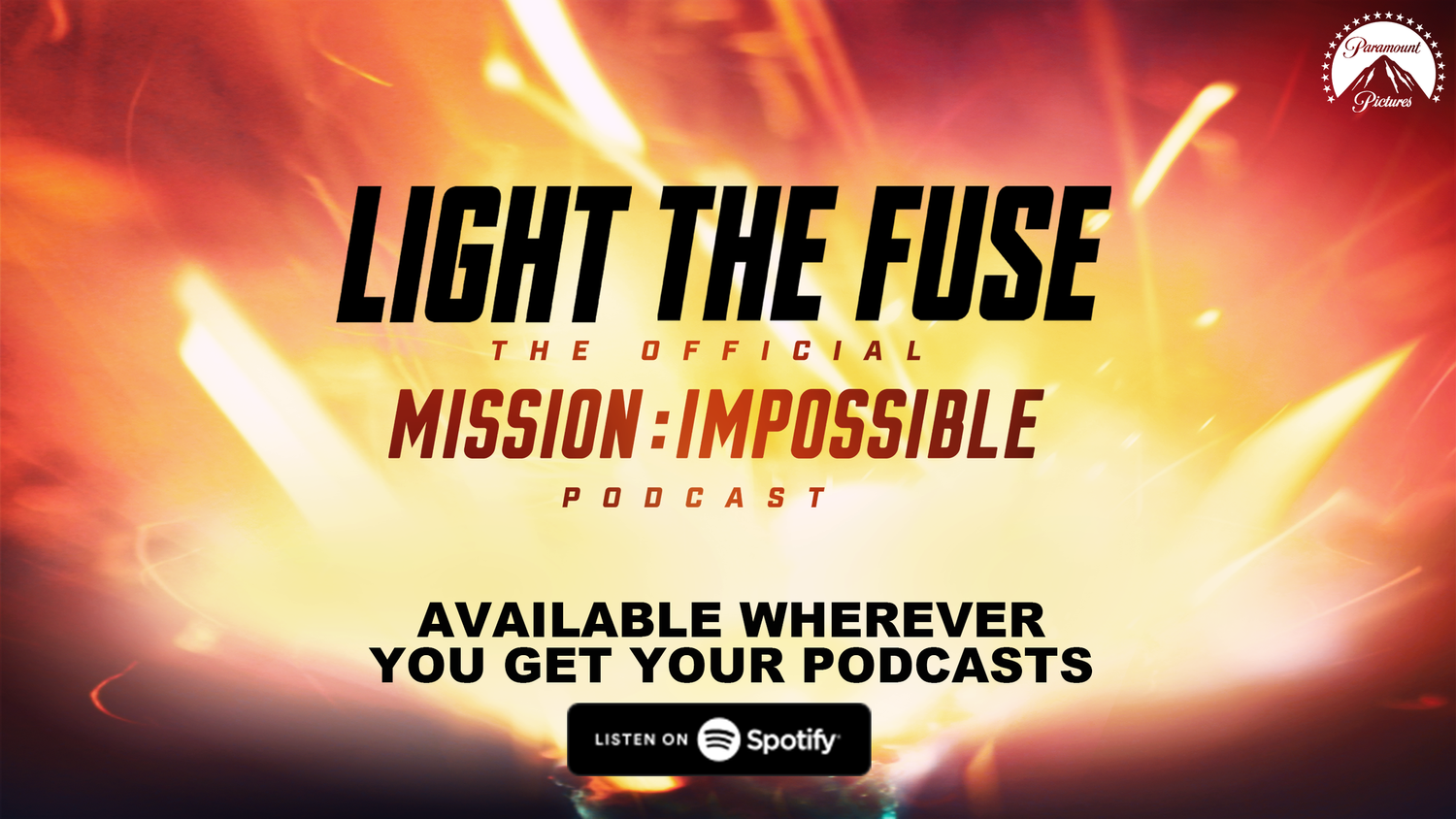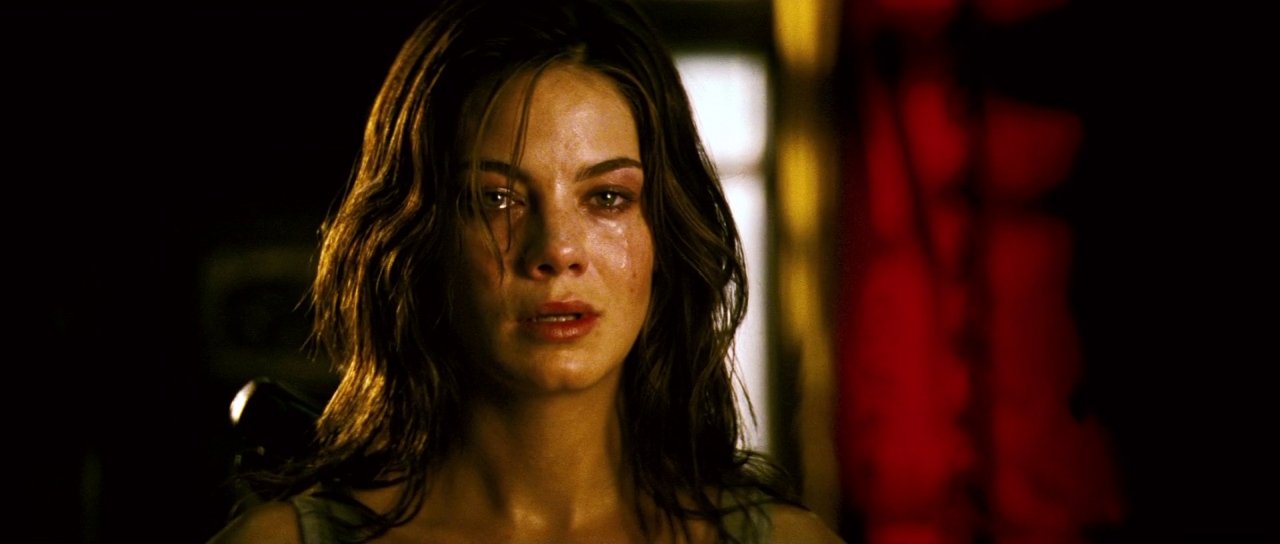Listen on SoundCloud or YouTube
DESCRIPTION: This week we kick off a mini-series with cinematographers Adrian Peng Correia (“The Flight Attendant,” “GLOW”) and Andy Rydzewski (“PEN15,” “Dollface”) discussing the look of the “Mission: Impossible” franchise. In this episode we talk about the first film – how different it looks than the other installments and Stephen Burum’s old school approach to the material. Plus we get into the use of color in “M:I-3” and how its photography is very much of its time. Released March 4th, 2022.
SHOW NOTES: As discussed in the episode, here are some of the striking Dutch angles in the first “Mission: Impossible”...
And here are a couple of Dutch angles that appear in “M:I-3”...
Also mentioned, here’s the use of blue light in some night scenes in “Mission: Impossible”...
We also talk about the romanticism and warmth in Jeffrey Kimball’s cinematography for “M:I-2”...
And here are some examples of the saturation and color separation in “M:I-3”...
And as brought up by Adrian in the episode, here are the three universal functions of film lighting, according to “Mission: Impossible” cinematographer Stephen Burum (read the full article here)...
1. The first thing is to cast a shadow. The light that casts the shadow could be a tiny pinpoint source, a big soft source, or anything in between. The shadow can be a hard shadow with a hard edge, or a soft shadow with an edge that just trails off into nothing. You can also opt for no shadow at all. It’s the difference between when the sun’s out and a cloudy day, or any gradation in between.
2. The second thing you do in lighting is to create separation. Photography looks at the world with only one lens, and you need to introduce a three-dimensional quality to this two-dimensional image. There’s only one way to accomplish that: creating areas of light against dark or dark against light. I’m not referring to color. For example, you may put a backlight on someone’s dark head so that you have a dark area, a little bright halo, and another dark area. Or you may put a light on a wall behind somebody’s dark shoulder. You can put in as many of those planes as you want.
3. The third and final thing that you do in lighting is to add fill, which gives the image a mood by defining how deeply you can see into the shadow areas.
If you want to see some of Andy Rydzewski’s work, watch PEN15 and the second season of Dollface on Hulu.
If you’re interested in Adrian Correia’s work, check out Ramy on Hulu, the second season of GLOW on Netflix, The Flight Attendant, Kevin Can F**k Himself, and Love Life.
Adrian also shot Charles’s movie “Night Owls,” which is currently on Hulu with the Cinemax add-on. It’s also on DirecTV and Spectrum, or you can stream it for free on Tubi or Pluto TV.
Also worth noting, the show Play By Play is currently on Roku Channel. Adrian shot season 1 and Andy shot seasons 2 and 3.






















